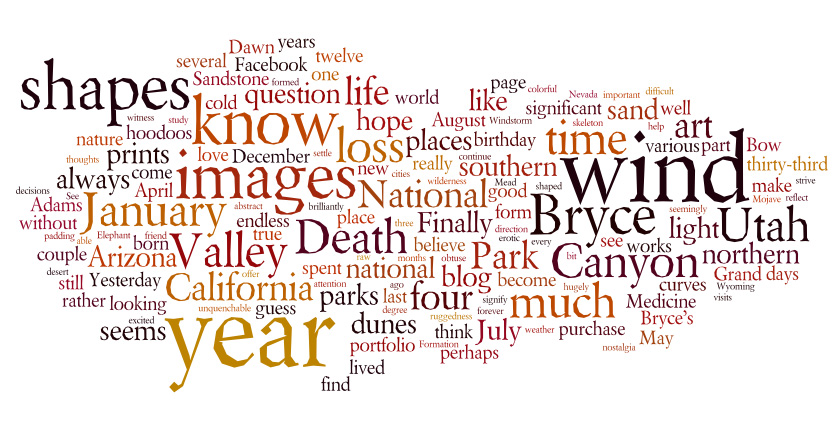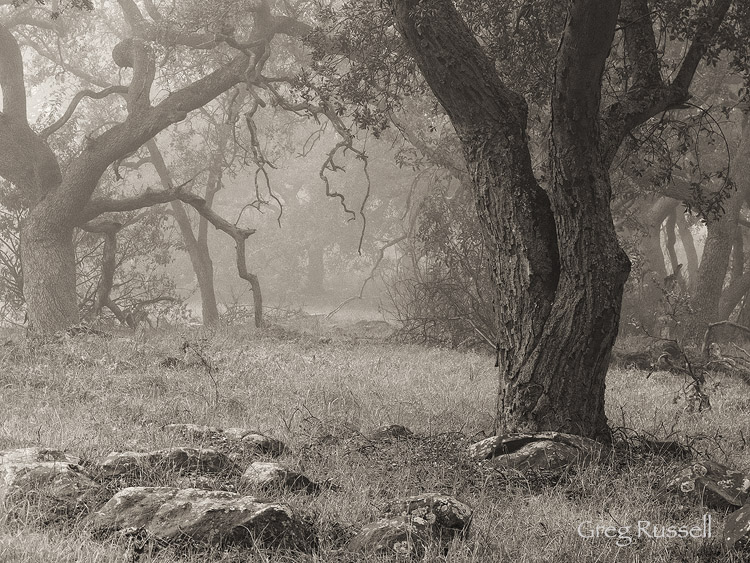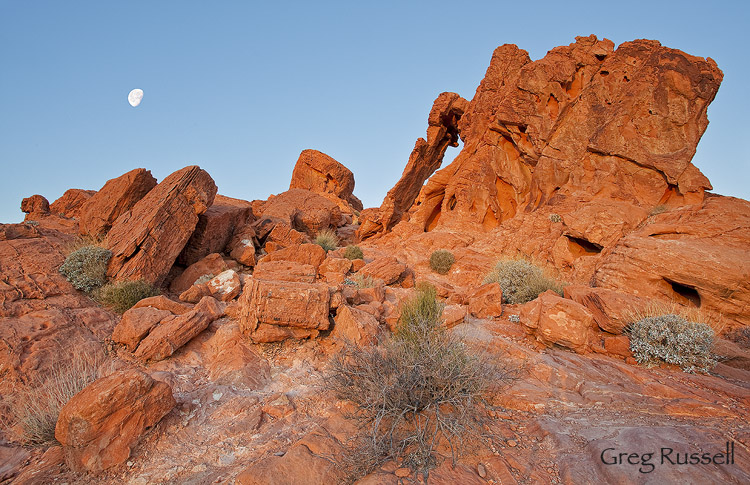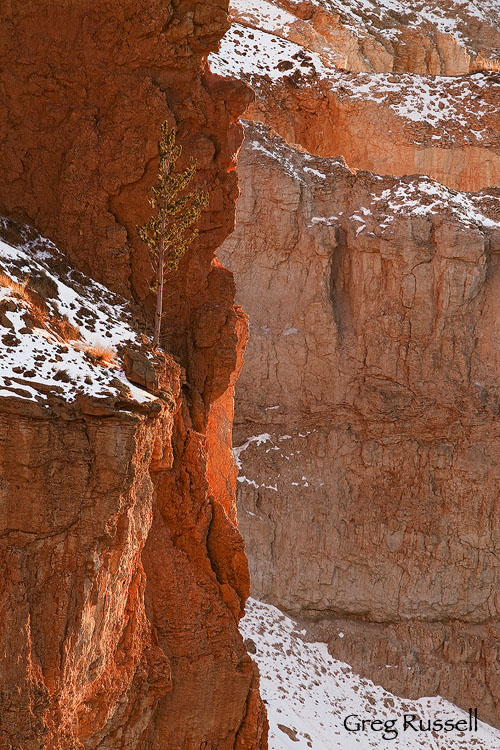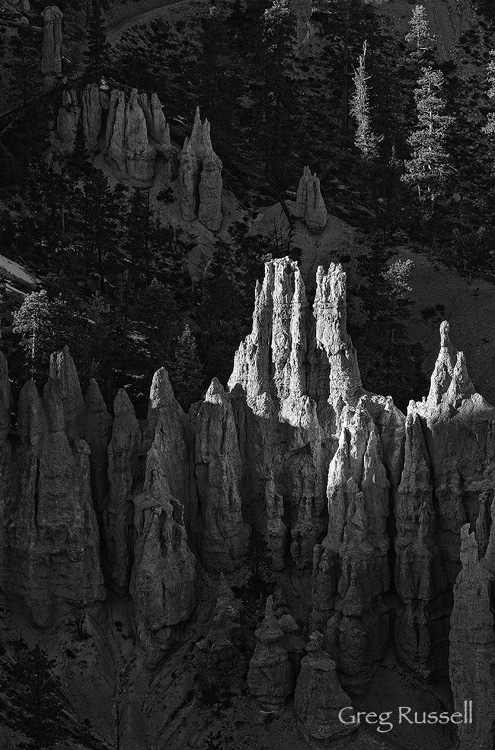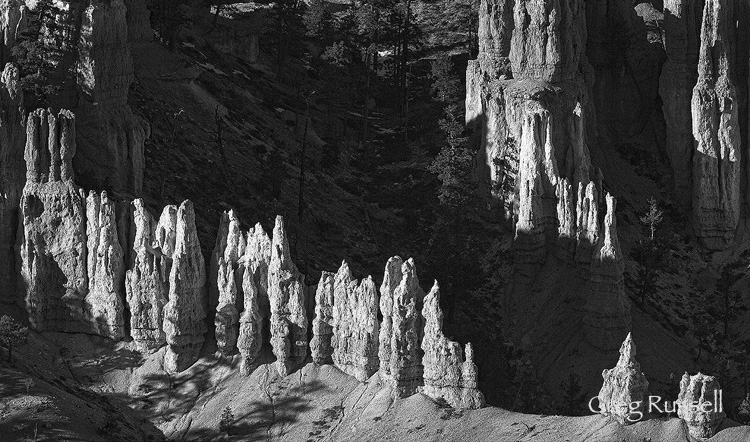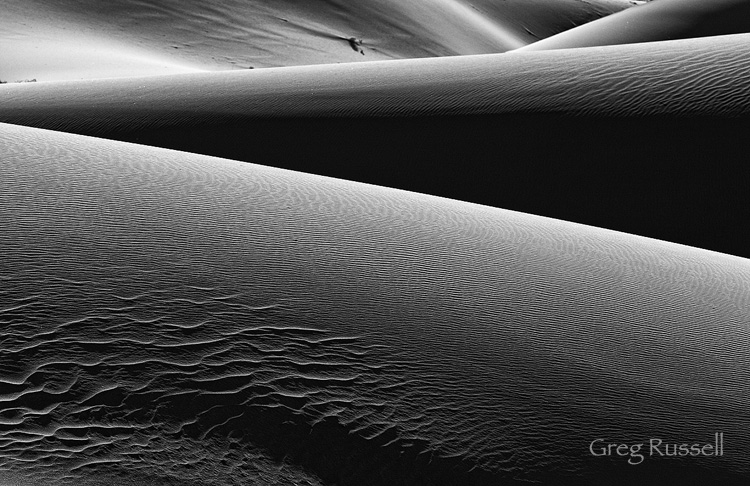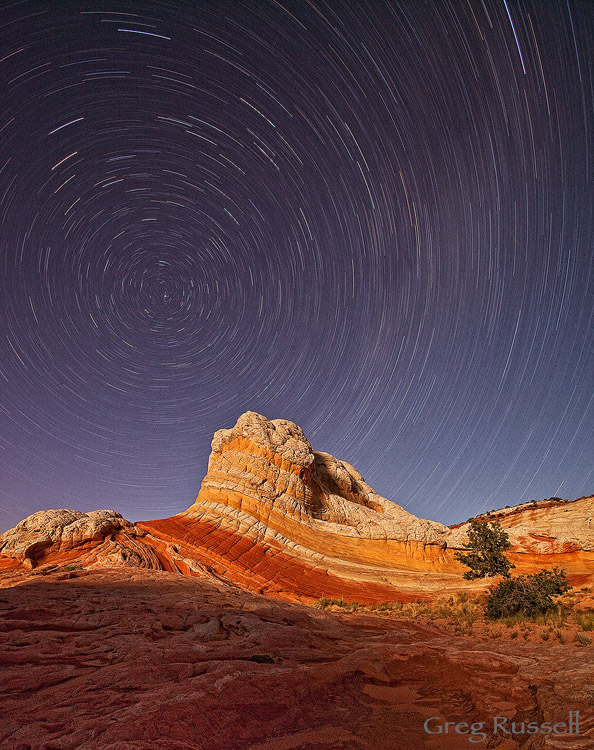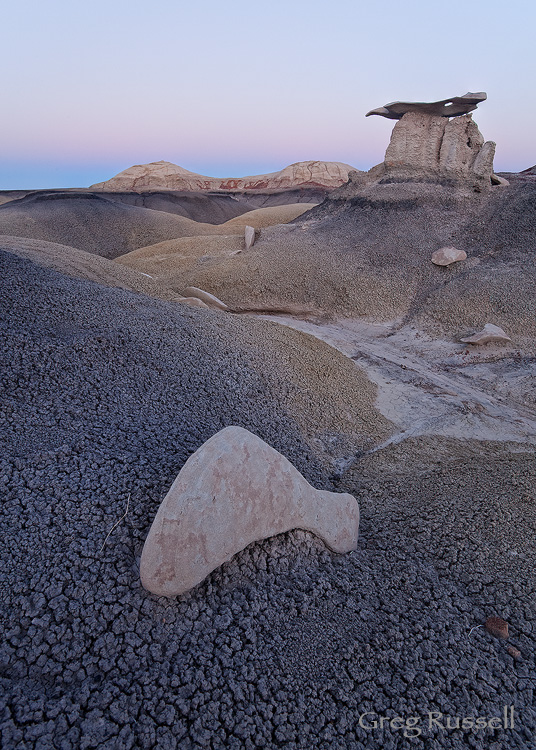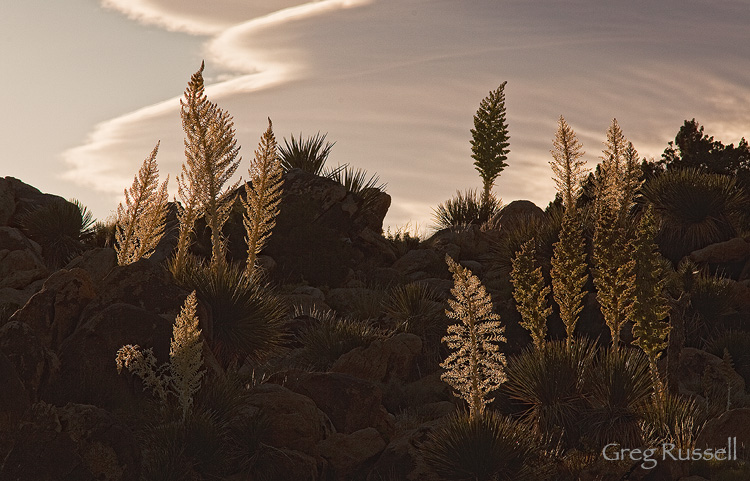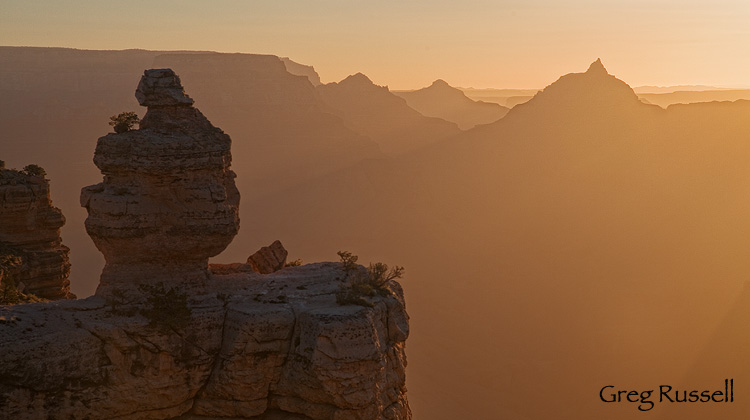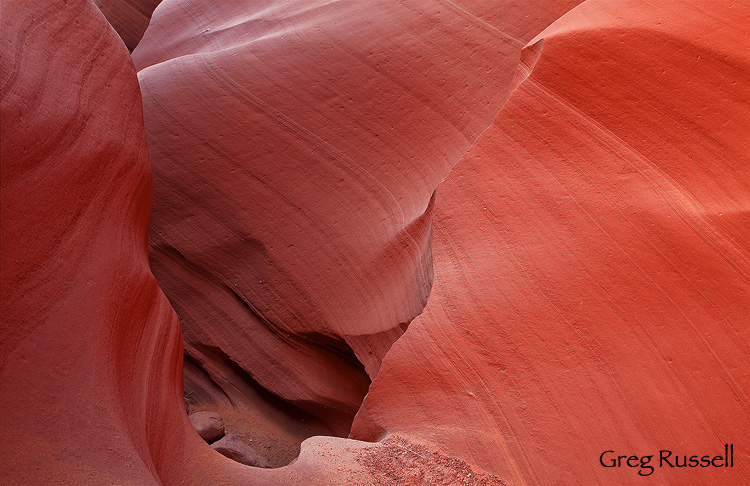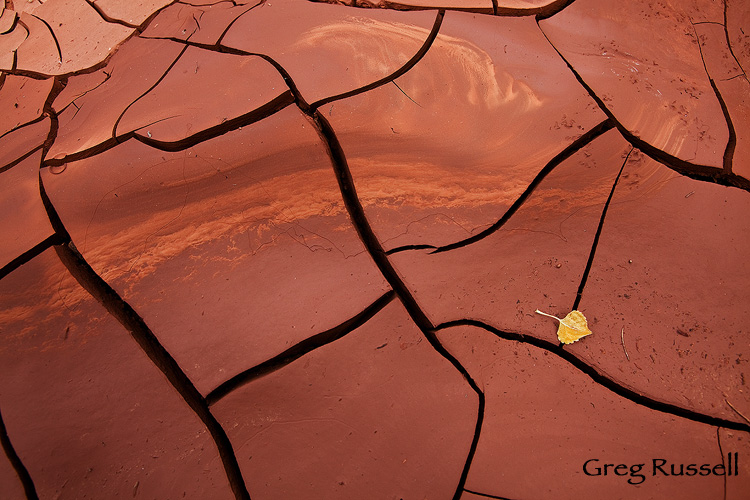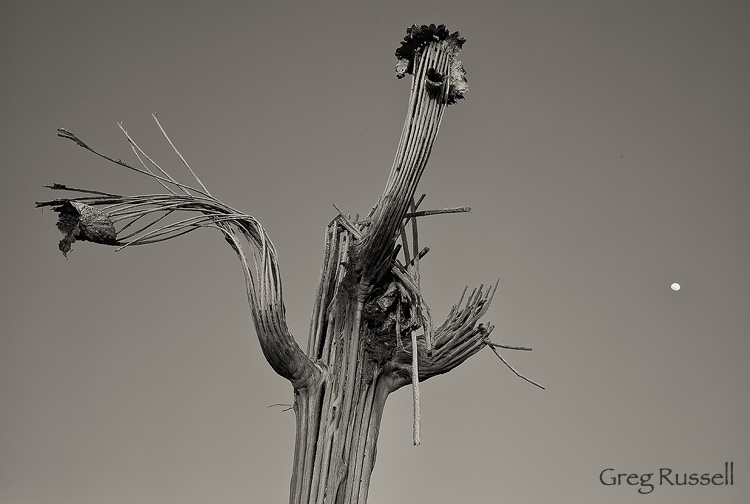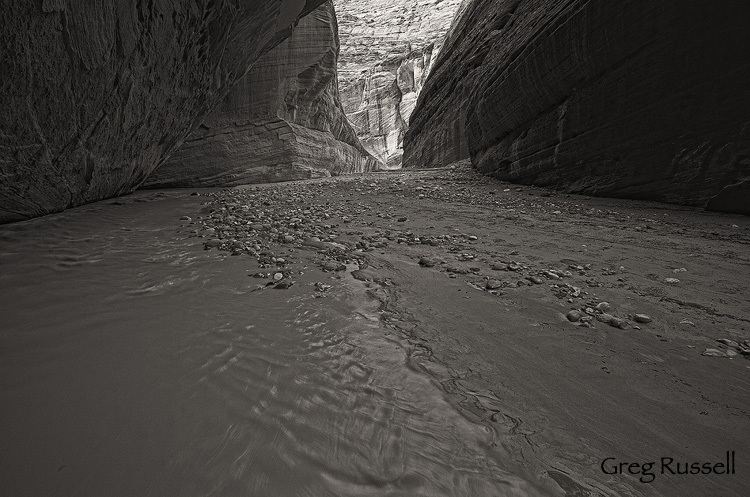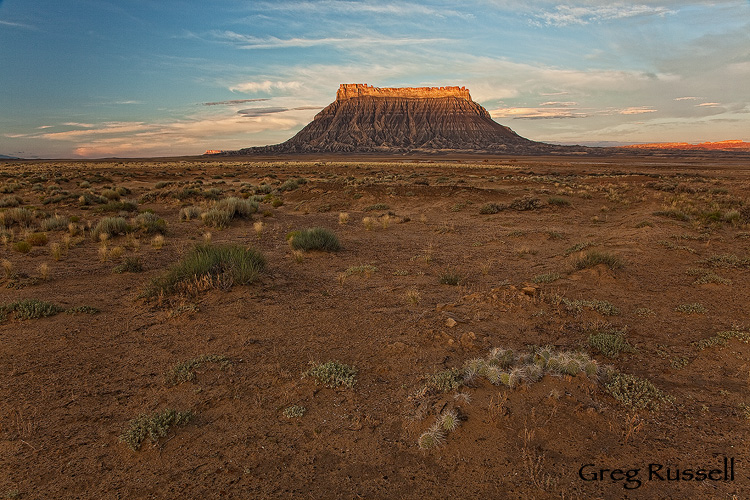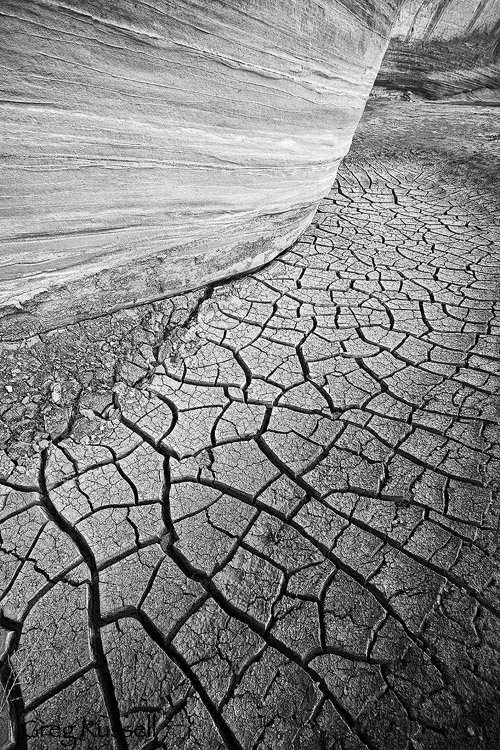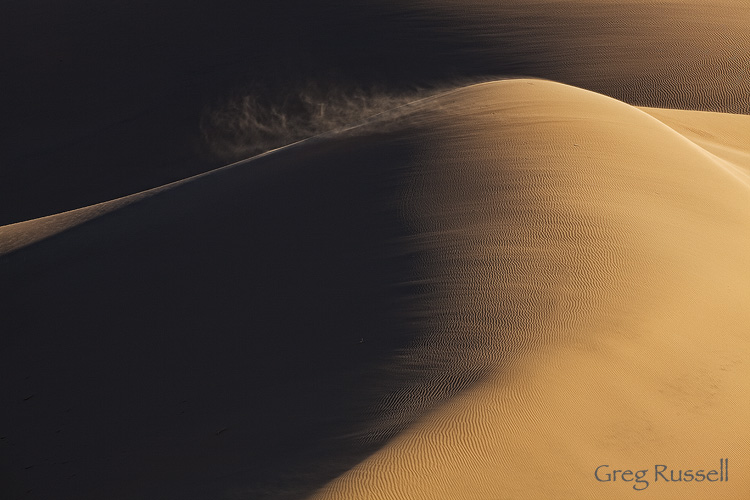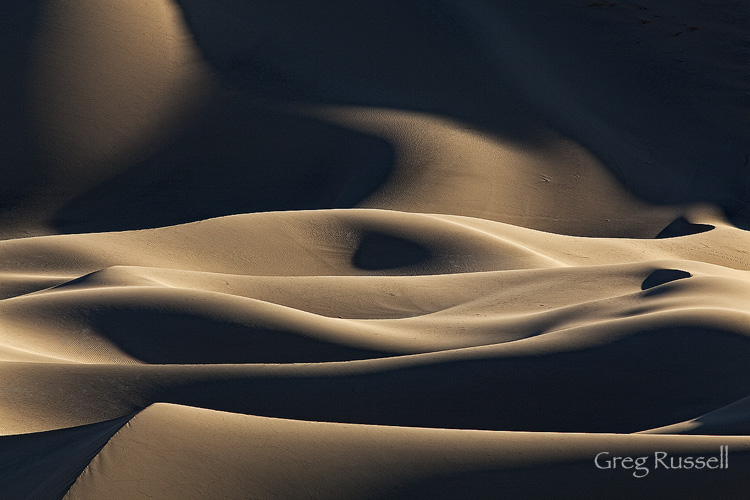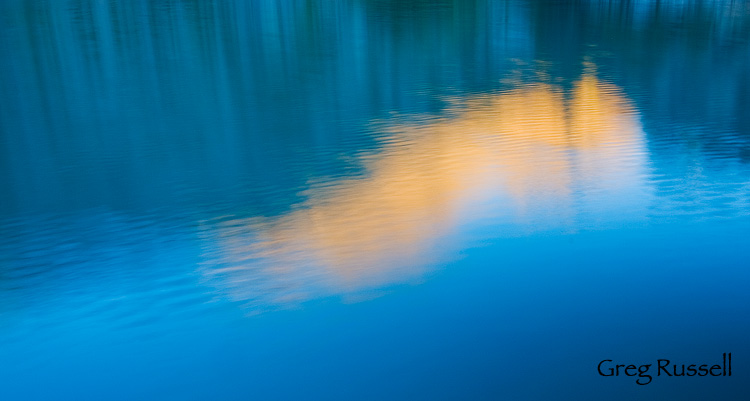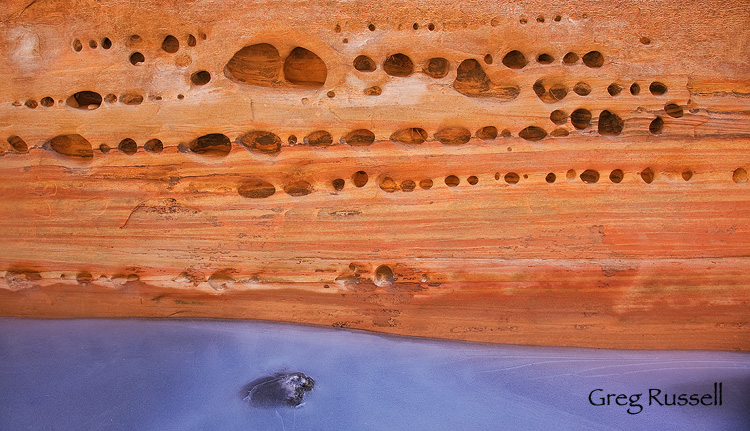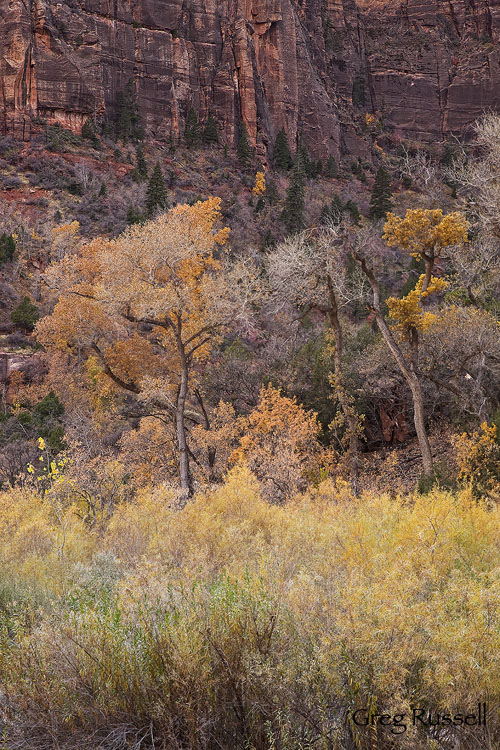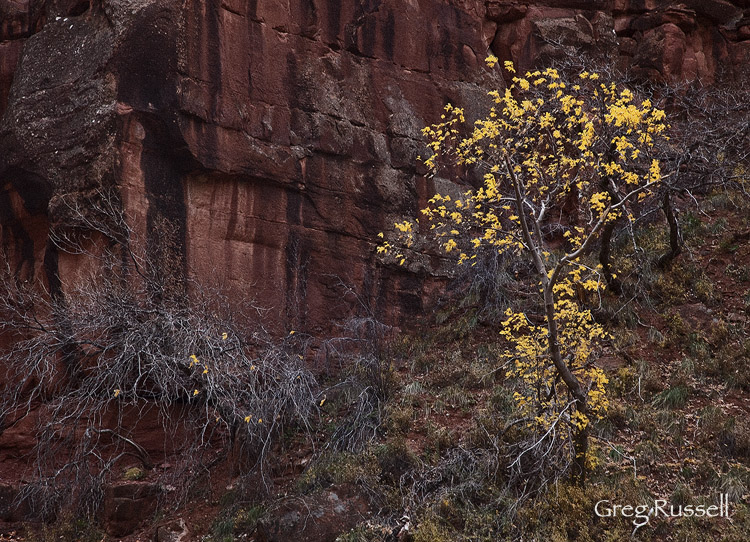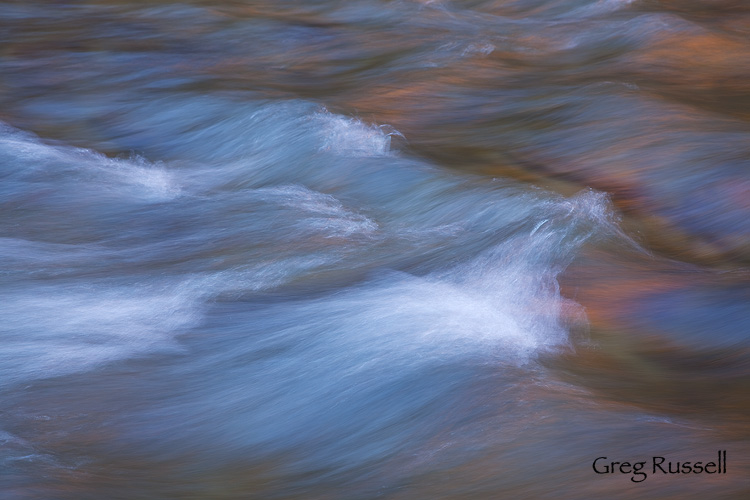I am really happy to have David Leland Hyde of Landscape Photography Blogger as a guest author today on my blog. David and I struck up a friendship via our blogs a little over a year ago and I’ve grown to really appreciate his advice and commentary, through his blog posts and emails, on life and photography. His essay today is inspired by conversations he and I have had over the last several months. Also, today, I’ve concurrently posted an essay entitled, “Moving Past the Repertoire,” on his blog.
In May 2011, Guy Tal relit the torch on an ongoing controversy over photographers “copying” each other with his blog post, “The Art of Copying.” Why bring along another photographer’s photograph, seek out his or her exact tripod tracks and steal his exact composition?
Some photographers say they do it to learn. Some photographers do it because they like the photograph and want to make their own print without having to buy it. Some say it is more commercially viable to copycat; others are lazy, or greedy. I ask them and you, the reader if applicable, “Why do you copy other photographers? Do you feel it is ethically OK?”
Is it OK to photograph a similar image, but not exactly the same? How far do you go?
Back in May 2010, I wrote Greg Russell and suggested that his image of Mesa Arch, while well executed, could send people a message about his work inconsistent with his intelligent, experienced perspective on the subjects of place, landscape and wilderness. Greg has mentioned his own process in photographing Mesa Arch, but did not purposely seek out another photographer’s exact composition. He made a photograph at a location that has been photographed many times and can no longer be claimed by one photographer. Can one photographer claim a location? Not the location, but the composition? Yes, no, maybe? Copyright cases in courts across the land have come to differing conclusions depending on the degree and intent of “copying.”
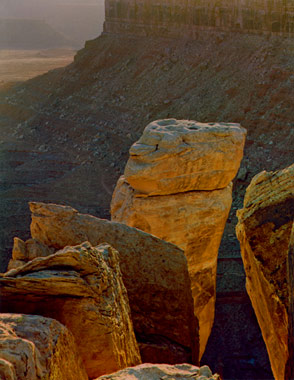
Plateau Edge, Southern Utah, 1964 © Philip Hyde (Used with permission)
A magazine years ago beat up Tom Till for photographing Mesa Arch with the sunrise like David Muench had. Now dozens if not hundreds of photographers have produced nearly the same image. A photograph of Mesa Arch at sunrise in a portfolio now says, “I am looking for commercial success more than establishing my own artistic vision.” I wrote to Greg that I hoped he would not take what I said as an attack, but as honest feedback and my own opinion that I did not want to hold back from a friend.
I said that I felt that his photographs of a Death Valley sand dune and of Yosemite Valley were strong, but if placed at the top of his blog with Mesa Arch, the group begins to look like the work of every other landscape photographer from the American West.
“Have you ever tried to sell either the Yosemite or the Death Valley image to magazines?” I asked Greg in my e-mail. “I think you might have a tough time. Not because they are bad photographs, but because they have been done before.” Galen Rowell called it “image maturity,” the concept that regardless of the quality of the image itself, editors may have originally perceived it as unique, but today enough images similar to it have been made that it no longer appears fresh and unusual.
“Look at your own portfolio,” I wrote to Greg, and now to you. “Neither your image of Mesa Arch nor your Yosemite Valley image alone would be damning, but paired together, they give the opposite impression from what readers get who dig just a little and see more of your photographs.”
You might say, “Who in the world is this David Leland Hyde guy to give advice?” You may have grounds for wondering. However, in making selections of my father’s photographs I have been talking to many of the top landscape photographers alive today, as well as some of the best photography galleries and museum curators too. I have learned that for the most part the selection of Dad’s work that will be accepted today is very different than it was 30-40 years ago. Some of his most known icons just don’t appeal today because too many other photographers have copied them since their creation.
I could fight this with a big protest such as the obvious fact that Dad made his images first, that his work is timeless and any number of other arguments, but most of it has to do with Galen Rowell’s concept of image maturity. Certain photographs are no longer as new and compelling as they might have been even 10 years ago. I feel we have done a great job with the Philip Hyde site, though there are a number of images on it now that I look at from time to time and realize that they too will have to be replaced by something more uniquely Philip Hyde. It is a difficult task, even a contradiction of sorts, to take a body of work that helped start it all 50-60 years ago, and only be able to use the images that everybody else did not emulate. Once in a while, sparingly, we will use some of Dad’s signature photographs that people are more likely to remember came first.
If you, as a landscape photographer, completely ignore what I have said here, I understand. You are the artist. Even if you agree with it, I wouldn’t necessarily change everything right away. Mull it over. Let it rumble around for a while. I hope it is helpful to you at some point. The rewards of finding your own great locations, of making your own tripod tracks, are far greater than the few dollars in monetary gain from photographs like many others.
I was relieved and happy that Greg responded with gratitude and appreciation, not because he accepted what I said, but because he took it the way it was intended, as honest feedback from a friend who wanted to help him improve the look and presentation of his blog to be more in line with who he is as a person and photographer.
My father said that finding one’s voice is the most important endeavor of all. He was able to make a full-time living as a landscape photographer, which itself was particularly rare then and perhaps will be again the way the industry is going. Most landscape photographers don’t get rich, though some do through extreme commercialization and the production of cliché. Dad would advise other photographers not to be tempted or to waver from seeking quality and the development of their own vision that comes from who they are and what they feel is important to convey about nature.
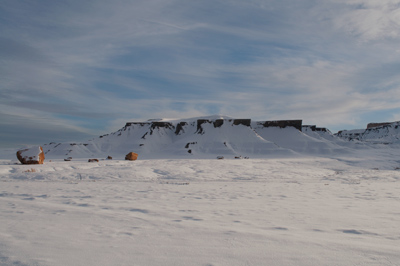
Mesas, Boulders, San Rafael Swell Utah, 2009, © David Leland Hyde (Used with permission)
In Colorado and many other states, people have little inherent fine art taste and have been marketed into thinking that mediocre over-promoted pretty pictures are the best photography. A certain top Colorado photographer has very little respect outside Colorado because his work consists of primarily post-card type images. He has a 5,000 square foot showroom in Denver, part of which is devoted to another big name from the Southwest. My father called this other photographer’s work “roadside landmark photography.” Many photographers today look up to this photographer as a role model. This shows how fine art standards have dropped. We need to take back photography from the hucksters. While certain photographer’s work sells like hotcakes in Denver, the nearby Camera Obscura Gallery devoted to the classic photography masters recently went out of business. Unimaginative work sells due to the public’s lack of art education. You can choose to either prey upon this ignorance or do your part to introduce quality. Every cliché photograph adds to the problem, and every image you or anyone else puts out that shows something unique and of artistic merit, helps to raise artistic awareness.
In my blog post on Galen Rowell and developing personal style, there is a bit of discussion on these issues in the comments where I mention the work of one wealthy photographer from Australia. If you look at his website, you will see that his images resemble the typical recognizable photograph from each top location, except that the saturation has been amped up and the drama has been increased. Contrast this work with say that of Eliot Porter, Philip Hyde, Michael Kenna, Brett Weston or Carr Clifton. The problem is that many times fine art prints are an impulse purchase rather than an educated purchase.
Any photographer whose website begins to look like they just went around to the “checklist” and checked off various locations will be passed over and dismissed by the best photo editors, serious collectors and the art museums. If your photograph of Mesa Arch is your bestseller, I would ask to whom is it selling? What is the buyer’s knowledge level about art and photography? This is actually a good gauge of your work: what kind of buyer are you attracting? Is your work representing who you are as a photographer, or is it merely what you think people want to buy? Asking these questions and considering your answers carefully can and will completely transform your portfolio and your work. Try it.

